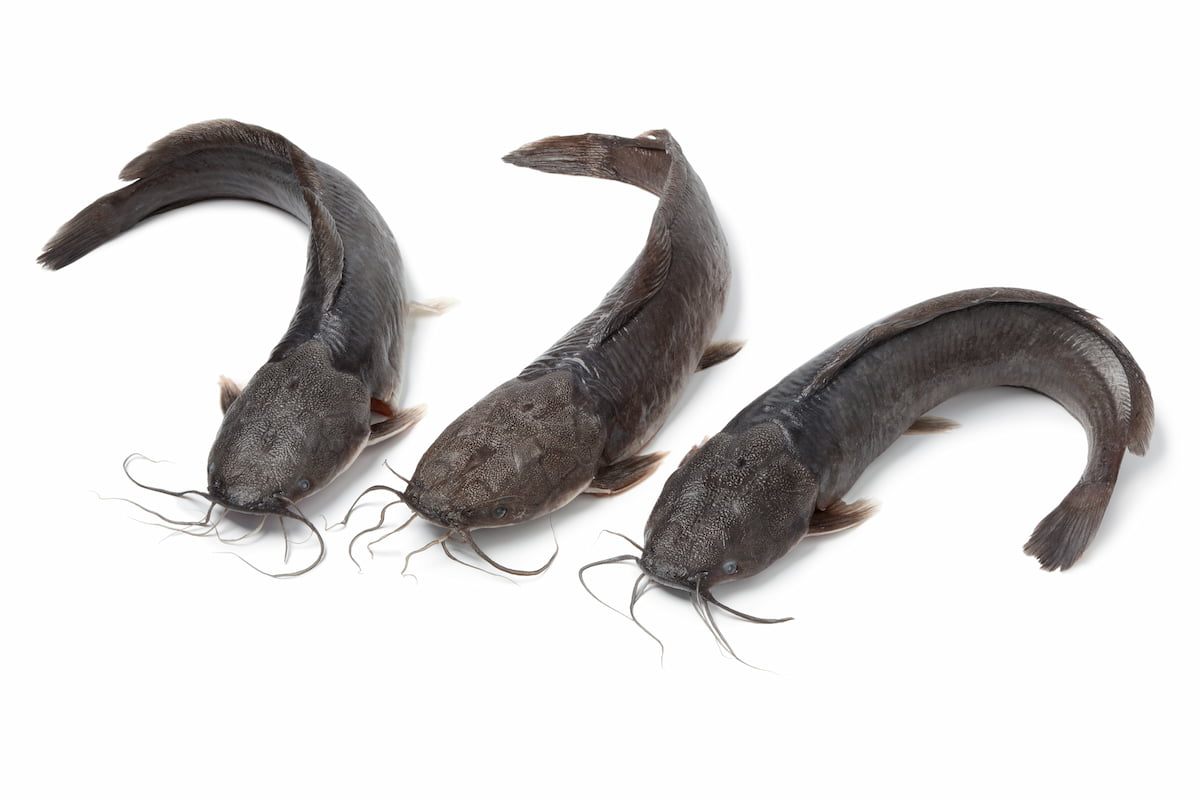Catfish farming is a lucrative business that allows entrepreneurs to invest in an industry with a high demand for seafood. Starting a catfish farming business requires careful planning, significant capital investment, and industry knowledge.

How to Start Catfish Farming in 10 Steps
Conduct Market Research
Before starting any business, it’s important to understand the market demand for your product. Research your local area to determine if there is a demand for catfish and the prices at which they are being sold. You should also consider the market size, the competition, and the available distribution channels.
Develop a Business Plan
A business plan will help you identify your goals, objectives, target market, production costs, and marketing strategy. Your business plan should also include a financial analysis to help you determine the feasibility of your catfish farming business.
Secure Funding
Catfish farming can require significant capital investments, so it’s important to secure funding before starting your business. You can look for funding sources such as loans from banks, grants from the government, or investments from private investors. You should also consider your finances and determine how much you will invest in your business.
Select a Suitable Location
Catfish farming requires a suitable location with access to water, good soil quality, and a suitable climate. You should also consider the availability of electricity, water supply, and transportation. Depending on where you live, you may need special permission from the government to begin catfish farming.
Construct a Pond
Pond construction is a crucial step in catfish farming. The size and depth of your pond will depend on the number of catfish you plan to farm. You will also need to consider factors such as water quality, pond design, and the soil type in the area. It’s important to consult with a pond construction expert to ensure that your pond is constructed properly and meets all necessary standards.
Select Your Catfish Species
Various species of catfish are suitable for farming, each with its unique characteristics and growth rates. Selecting the right species for your farm will depend on your location, climate, market demand, and desired production level. Consult with an expert in catfish farming to determine which species is best suited for your farm.
Purchase Fingerlings
Once you have selected your catfish species, purchase fingerlings from a reputable hatchery. Fingerlings are young catfish that are between 1-4 inches in length. The number of fingerlings you purchase will depend on your pond’s size and the production level you desire.
Feed and Care for your Catfish
Catfish are highly dependent on water quality, so it’s important to regularly test the water for oxygen levels, pH, temperature, and ammonia levels. Poor water quality can lead to stress, disease, and reduced growth rates, so maintaining optimal water conditions is crucial for catfish health and production.
In case you missed it: Frequently Asked Questions About Fish Farming

Catfish are omnivores that require a balanced diet to grow and thrive. Commercial catfish feeds are typically formulated to contain essential nutrients such as protein, carbohydrates, and vitamins. Feed should be given multiple times per day, and the amount of feed should be adjusted based on the size and growth rate of the fish.
Catfish can be stocked at high densities, but overcrowding can lead to competition for resources, stress, and disease. It’s important to manage stocking density to ensure enough space for each fish to swim freely and access food. Disease outbreaks can devastate a commercial catfish farm, so it’s important to practice disease prevention measures such as quarantine protocols, regular health checks, and good hygiene practices. Vaccinations and treatments can also be used to prevent and control disease outbreaks.
Harvest and Process Your Catfish
When your catfish have reached maturity, which typically takes 6-8 months, it’s time to harvest them. Harvesting involves draining the water from the pond and using a seine net or trap to catch the fish. Once harvested, the catfish must be processed, which involves cleaning, gutting, and packaging the fish for sale.
Market and Sell
Marketing and selling your catfish is the final step in starting a successful catfish farming business. You can sell your catfish to local restaurants, supermarkets, or fish markets. You can also sell directly to consumers at farmers’ markets or through an online store. Establishing relationships with buyers and building a strong brand for your catfish products is important to ensure a steady stream of customers.
In case you missed it: How to Start Rohu Fish Farming in 10 Steps: DIY Guide for Beginners

The ideal pond should have a pH of 6.5-8.5, dissolved oxygen levels above 5mg/L, and a water temperature between 75-85°F. Additionally, it’s important to ensure that the pond is well-aerated, properly drained, and has a reliable water source to maintain consistent water levels. Consulting with a pond construction expert or a catfish farming consultant can help you determine the best pond design for your specific needs.
Conclusion
Starting a catfish farming business can be profitable with the right knowledge, investment, and dedication. You can turn your catfish farming business into a thriving enterprise with a sound business plan, a passion for aquaculture, and a commitment to quality.
- Feed Your Flock for Less: Top 10 Tips to Save on Chicken Feed
- Ultimate Guide to Ossabaw Island Hog: Breeding, Raising, Diet, and Care
- Hatching Answers: The Top 10 Reasons Your Chickens Aren’t Laying Eggs
- Eggs and Economics: Breaking Down the Cost of Raising Backyard Chickens
- Defend Your Greens: Proven Methods to Keep Iguanas Out of Your Garden
- Ultimate Guide to Cinnamon Queen Chicken: A Comprehensive Guide for Beginners
- Ultimate Guide to California Tan Chicken: Breeding, Raising, Diet, Egg-Production and Care
- Ultimate Guide to Marsh Daisy Chicken: Breeding, Raising, Diet, and Care
- 10 Types of Chicken Farming Businesses You Can Start for Profits